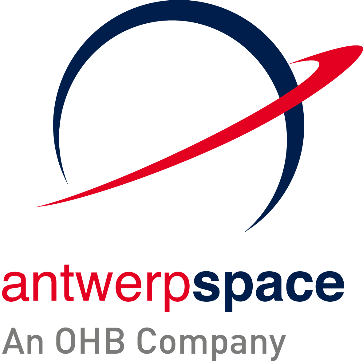
-
StatusCompleted
-
Status date2017-06-27
-
Activity Code5C.230
In a constant strive for an as generic as possible transceiver in satellite applications, several building blocks of the software-defined-radio (SDR) or cognitive radio (CR) have advanced dramatically. Not only in digital signal processing, but also on the data conversion side. This allows for improvements in the way RF and microwave satellite systems are being designed. For instance, sampling an RF signal at X-, Ku- or even Ka-band can be seen as a large leap in capability allowing greater system flexibility and reduction in power consumption as other components in the frequency conversion stages can be eliminated.
In the area of RF-to-digital conversion, a number of techniques (like subsampling/bandpass sampling), with an associated elimination of the frequency conversion stage (or increase of IF frequency) have been identified with a strong potential to improve performance and augment the level of integration of the analogue pre-processor chains. Antwerp Space aims with this project to develop a bandpass front-end for an analog pre-processor.
The challenges that surround this project are in the identification of a sufficiently performant track-and-hold amplifier along with a clocking/sampling means which is versatile and easily modifiable or adjustable in terms of its output frequency.
This system’s benefits with respect to competitor products that perform a similar functionality in the sense that it is completely generic thanks to its re-configurability because of its programmable interface. This allows one to forego custom design efforts for each frequency band considered. This device could be considered as an effective combination of all different kinds of mixers or as a very wide-band one. Also, because of the high-bandwidth input of the active component that does the actual downconversion, the sampling could effectively be done with a clocking frequency which is substantially lower than the one which is stipulated by the Nyquist theorem, thus significantly relaxing the local oscillator requirements. The programmable synthesizer system covers a significantly wide frequency range so that all conversion cases can be adequately covered.
The system is centred on a so-called Track and hold amplifier (THA) which accepts a RF input signal that the end user wants to downconvert, this downconversion is done through a sampling clock for which one ideally uses a programmable device, which was chosen to be an LMX2592 Texas Instruments programmable synthesizer. The end user is able to monitor the performance of the synthesizer by means of an interface. Peripheral components such as signal couplers to convert between single-ended and differential signalling as well as bandpass filters help to fulfil this functionality.
See above.
The project started in March 2015 and finished in June 2017.
The project is currently finished.



